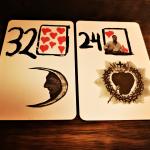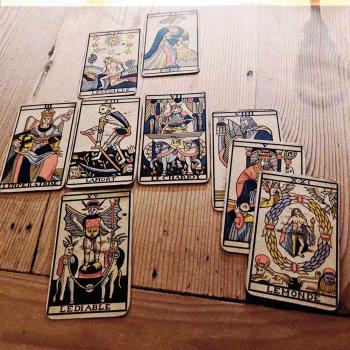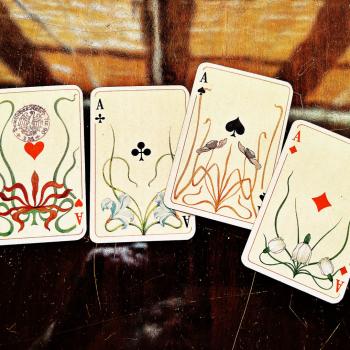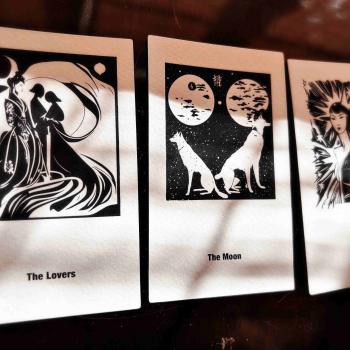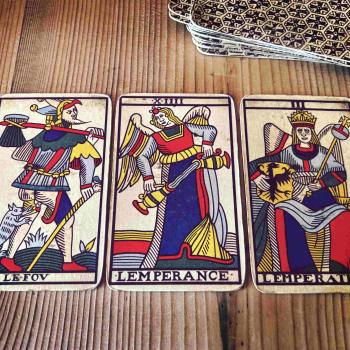
Sometimes I launch into engineering projects even though I have zero engineering skills. If you ask my mind’s eye, however, it will say, ‘you only got the highest degrees in literature, how hard can screwing and hammering things into round shape be?’
Right.
I’m tinkering with a machine made in the 30s, an enlarger for analogue photography. As it’s fully mechanical, all I have to do is make sure that I get the right screws into the right holes. The challenge is to reshape the bumped bowl that holds the bulb without smashing the lens.
This is a legendary instrument, and although I got it to accompany my other other enlarger, and just perform two special projecting techniques, I also want it to work optimally and as if brand new. A tall order given its age, but still. When it comes to durability the Germans are not kidding, so I have reasonable expectations. I look at the bump, and think of my heritage.
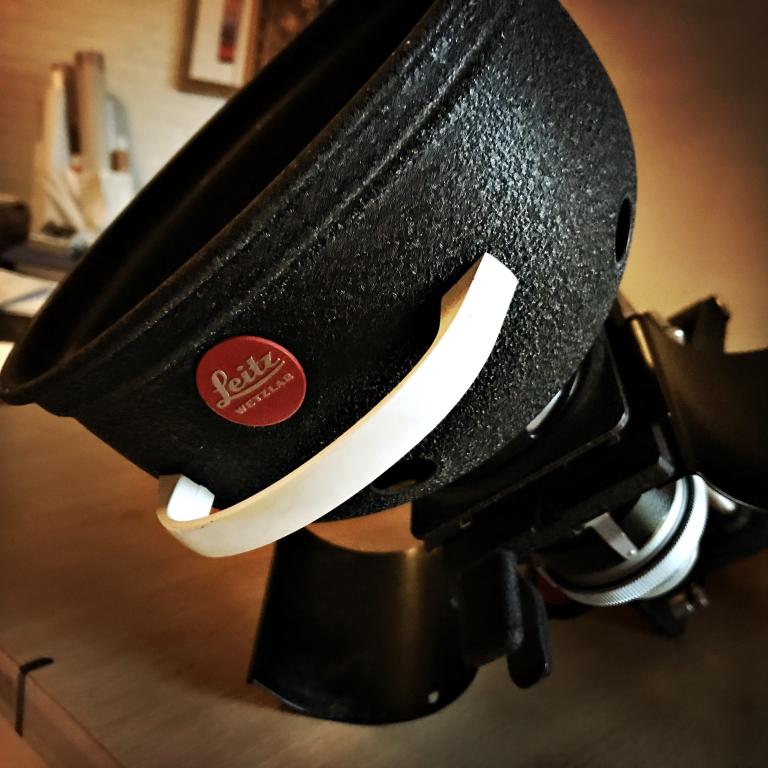
I grew up with a scientist mathematician and a genius mother who thought that no technical problem was ever a problem. My sister inherited her knack for dismantling things and putting them back together again for the better. I was mainly a witness to all this.
To my credit, however, so I feel better about my lacking skills, I can say that what I’m good at, which beats both my mother and my sister, is speed. I look at the thing, and I know exactly what it needs. My problem is to implement the idea.
Damn. Mother died 20 years ago, father died 42 years ago, and my sister is 4 hours drive away. I’m on my own.
Or not quite. I’m on my own with the cards.
I use playing cards to figure out my dilemma. Gypsy style. First three cards and then some more, as I go along.

The situation is the following: 4 Diamonds, Knight of Clubs, 9 Clubs.
To begin with, the cards say: A mounting problem. The board is fine, but to get the Knight on its horse may take some hard work to accomplish.
What more does it need? 4 Hearts + Ace of Hearts: A soft, clean cloth on the bump.
As I see no more clubs here, I’m assuming that the mounting problem will be solved eventually, even though I might have to suffer for it.
The outcome? 10 Diamonds. Hells bells. This is the card I want to see. The Leitz Focomat 1C is famous for its sharp clarity and quality of projecting, and quite a few consider it the best as yet among the many other good models that came after it.
Playing cards for lack and luck
The point I want to make actually is that there’s a difference between reading with the Tarot cards, playing cards or oracle cards for a problem. Although my method of ‘seeing what there’s to see’ is based on exactly that, ‘seeing what there’s to see’ – which means that I approach every reading situation from the perspective of formal composition, not symbolism or archetypal esotericism – I find that playing cards lend themselves best to the readings geared towards figuring out lack.
What is lacking in my work? I look at what the Clubs are doing.
What is lacking in my relationship? I look at what the Hearts are doing.
What is lacking in my financial situation? I look at what the Diamonds are doing.
What is lacking in my strategizing? I look at what the Spades are doing.
Across the board I can take the diamonds as a sign of lack of clarity in my official undertakings when I see them next to some nasty spades. If hearts are also nearby I look at why I take the shit personally. Too many clubs indicate lack of pleasure and leisure. Together with the spades, it’s shovel time for me.
The list can continue. The decisive moment in divination arrives when you grant context kingship and take it from there. The more precise your question, the more precise your answer.
In the example above, it’s simply not very likely that I’d equate 4 Hearts and the Ace of Hearts with ‘a soft, clean cloth for the bumped spot’ without having a specific context to go with. And I wouldn’t find it very satisfying to answer the question, ‘how do I fix this?’ with ‘give it some love’, even though that may well be a good idea.
The context and the question guide the answer. The gypsy style method is to pile up the cards, either one by one, or in tandem or trios, as an answer to follow up questions.
What does this thing need? It needs mounting (3 cards).
What about the bumped head? A soft cloth (2 cards).
The overall ‘vision’ will be like? Perfect (1 card).
It’s all in the practice of reading in line. Ask a question, ask follow up questions, and keep going. Go through the whole deck if you must. That’s what the Gypsies of old did, or at least the ones I’ve seen.
It occurs to me that reading cards is not very different from analogue photography. You see things with different lenses according to distance, focus, and size of the board. You ‘develop’ what you see according to your preference for contrast. How punchy do you want your reading to be?
If context drives the narrative forward, composition makes your prediction shine.
♠
A new run of the Playing Cards Foundation Course opens for registration on February 7. Come along and learn how to be fluent in this cartomantic language, without using ‘meanings’. Stay tuned.


